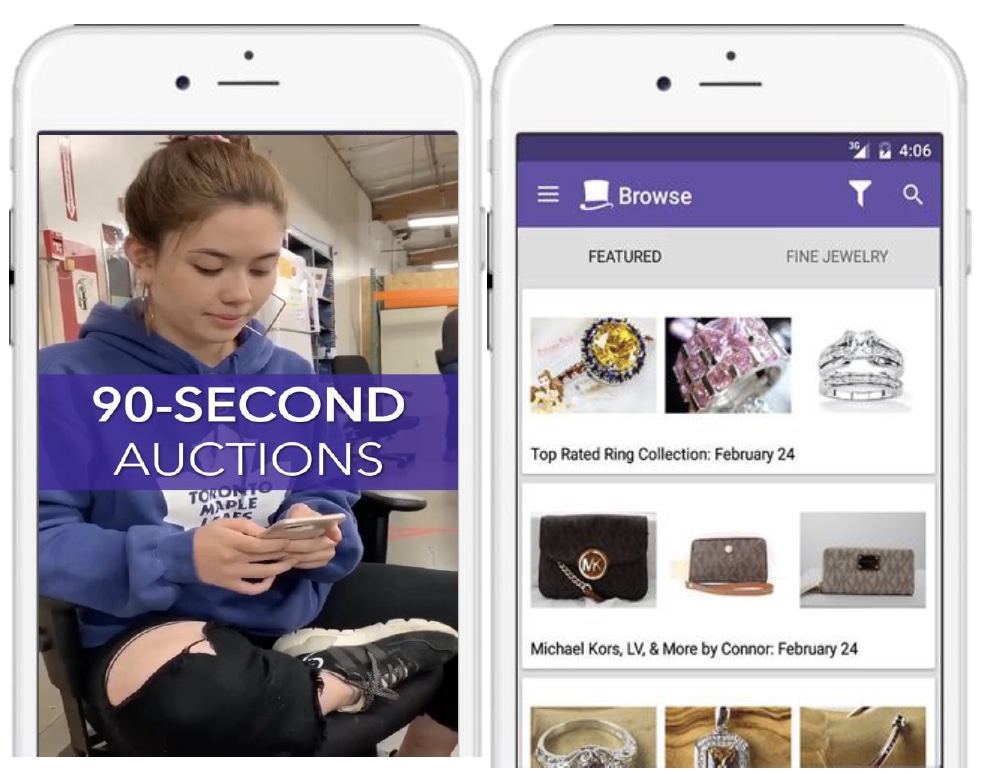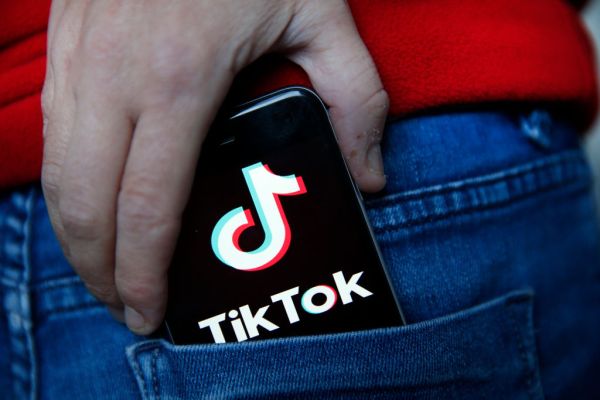TikTok is a rising star in the social media category. Since its launch three years ago, the company has secured 800 million active users worldwide. That makes TikTok ninth in terms of social network sites, ahead of LinkedIn, Twitter, Pinterest and Snapchat. As more people start using the platform and remain engaged, it goes without saying that TikTok is an increasingly desirable destination for marketers.
But outside the sheer numbers, is there any real sustenance to the platform from a marketing perspective, or is this just a temporary fad brands are flocking to? Here’s a look into what makes TikTok unique through a marketer’s lens, and a few things the platform can improve on to make it a permanent option for brands looking to explore mobile.
Better user experiences lead to more unique advertising
Digital advertising is only as effective as a platform’s user experience — that fact presents a unique differentiator for TikTok. Being in 2020, where content creators continue to blossom, TikTok provides an opportunity for literally anyone to reach millions of people with their content. It is a “platform for the people,” as the algorithm sends user content to groups of 5-10 people, and based on the engagement, it will continue sending it out to the masses. What’s interesting here is that it resembles an early era of Instagram, where all content was user-generated.
Additionally, unlike other leading social media channels, a user is focused on one piece of content at a time. TikTok videos take up the entire screen, which leads to more engagement and genuine interest from the viewer. That said, creative plays an incredibly important role in every campaign you run on the platform, especially when trying to grab the user amid a mass of alternative entertainment options. The TikTok audience is hyperfocused on viewing organic, visually stimulating content that could be the next big meme or viral sensation.
Creative is the key
TikTok managed to create a distinctive social experience that values spontaneity and relatability above all else. It’s turned social media into pure social entertainment. Given this, advertisers need to ensure their creative approach mirrors the successful content on the platform.
Currently, the only way to achieve maximum scale on the platform is with native creatives. Essentially, brands and advertisers need to relate their product or service to the TikTok audience in a way that closely resembles content on the platform. For example, a recent campaign was run in the U.S. to promote Tophatter’s app, a 90-second auction house. Touting the apps’ quick auctions in a short-form video strengthened the appeal of this fast-paced app to the loyal TikTok user.
In short, advertisers should avoid repurposing previously developed collateral for Facebook or Snap. These platforms are truly different and the best results come from a unique approach, tailored to each respective channel.

Image Credits: Nativex/Tophatter
We’re finding that recommendations from real people, or skits that relate to current trends on the platform perform the best. Leveraging TikTok influencers is proving to be a cost-effective strategy. With TikTok being a newer platform, creators and influencers charge less than on other platforms. Influencers on other platforms are considered to be “celebrities,” while TikTok creators are still seen as friends to their audience.
A few words of caution
Performance advertising on TikTok is new and as such TikTok tends to charge a premium. With this said, a well-planned bidding strategy is crucial. An experienced campaign manager can win impressions and clicks with a much lower bid. For branding formats such as Top View, Brand Takeover and the Hashtag Challenge, Tiktok adjusts their global rate card every quarter so media buyers should work with their TikTok team closely to get the latest quote.
In addition to the cost of advertising, the TikTok Ads platform currently provides less insight into their audiences compared to Snapchat or Facebook. TikTok’s Ads platform provides marketers targeting options to include/exclude by age, gender, location and language. Facebook provides those plus interests, groups, activities and connections. Although given the primarily Gen Z audience, savvy advertisers are likely to target this age group anyway. TikTok Ads currently provides CPM, CPC or oCPM (optimized) for performance media buying.
As we watch TikTok’s rise to greatness, the platform is arguably one of the best engines for organic growth today. Brands’ advertising dollars have the ability to make a large impact and reach a highly engaged, highly coveted audience. By leveraging strategic creative assets on the platform now, brands and advertisers have the opportunity to join a rising social media platform and make a lasting impression on new consumers.
